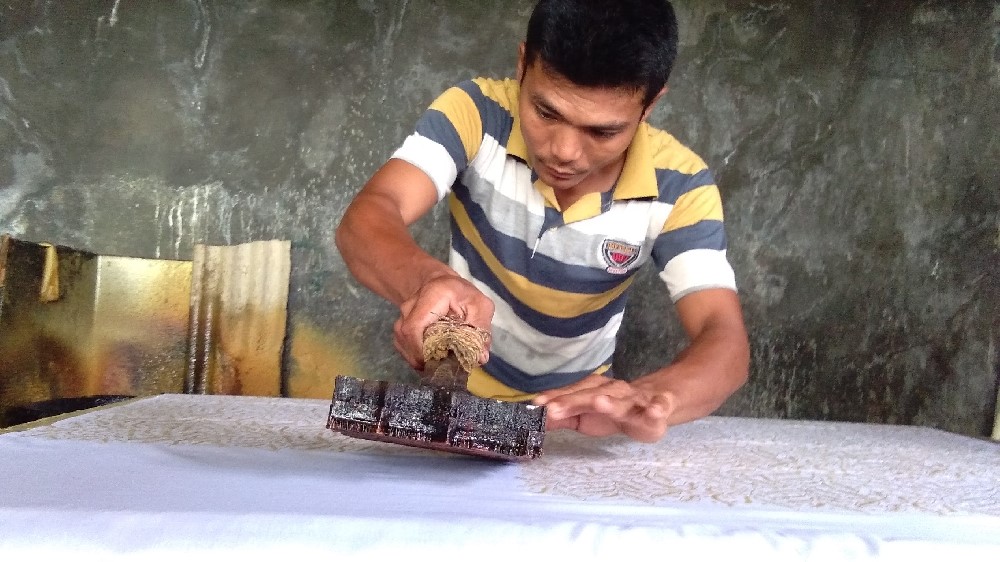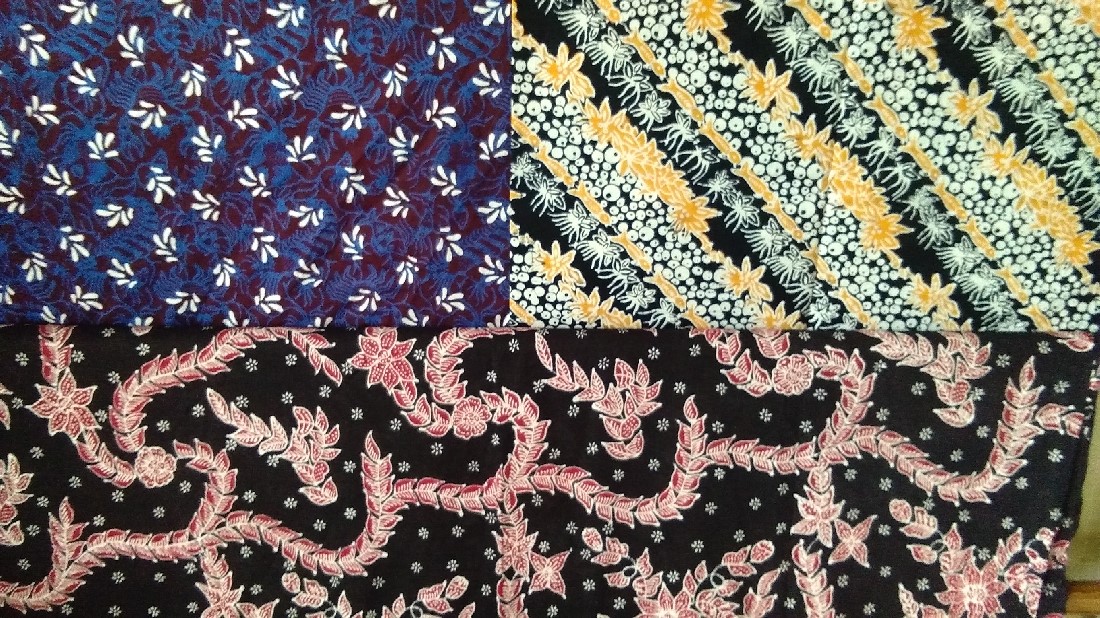Batik Kutawaru, The Special Batik From Cilacap Using Mangrove As Coloring
Do you have batik cloth or clothes? Doesn't it? Or you must have at least worn batik because of the uniform for the celebration, even if only once. Naturally, Indonesians use batik because batik is one of Indonesia's original cultural heritage. It can be used on various occasions. Not only in formal events but batik has also been modified into more casual clothes.
Let's know more about batik!
Batik according to the Javanese language comes from the word amba which means width and the word titik or matik which means dot. Then developed into the term batik, which means connecting the dots into a picture on a wide cloth.
Batik motifs are unique. It depends on where batik comes from. Cilacap also has a unique batik, such as Batik Kutawaru which can be found in Kutawaru Village, Central Cilacap District.
Kutawaru Batik is special since the coloring uses natural materials from mangroves. The color produced by this mangrove is usually brown. This natural coloring process can take up to 5 days. It has to be dyed and dried many times to get the desired color to match.
Why do they use dye from mangroves? It is because in Kutawaru there are a lot of mangrove trees or mangroves. In addition to natural dyes using mangroves, Kutawaru Batik also uses synthetic dyes which can take up to 1 day to complete. Synthetic dyes can also produce a wider variety of colors.
Mangroves are not only used as coloring but also become the motif inspiration named parallel mangrove. In addition to the parallel mangrove batik motif, other motifs also characterize Kutawaru Batik. For example, sekar Wijaya Kusuma and ceplok Wijaya Kusuma motifs are inspired by Wijaya Kusuma flower (Dutchman's Pipe). This original flower of Cilacap is said to have come from Nusakambangan, the only island in Cilacap.
The technique used to make Kutawaru Batik can be handmade and use a stamp. There is also batik which is a combination of written and stamped. Written or handmade batik uses canting which the process is longer than the stamped batik. Batik that uses a stamp can be produced about 20 pieces of batik cloth per day. One cloth generally measures 2.15 x 1.15 meters.
If you want to experience batik tourism and directly see the process of making Batik Kutawaru, you can come to Kutawaru by boat. Although Kutawaru Village is included in Central Cilacap District, the access to Kutawaru from downtown Cilacap must use a boat across Segara Anakan. Along the way, you can see a lot of mangroves and the Pertamina refinery which is also located in Segara Anakan.
Arriving in Kutawaru, you can walk or take a taxi bike to go to Leksana Batik Jaya, a center of making Batik Kutawaru. Also, you can also bring a motorbike from Cilacap. The motorbike is raised to the boat at a rate of 3,500 IDR per motorbike, which is way easier and cheaper.
Interested in seeing the process of making Batik Kutawaru? Prepare your budget to buy batik and enjoy fresh seafood caught by the Kutawaru fishermen.


